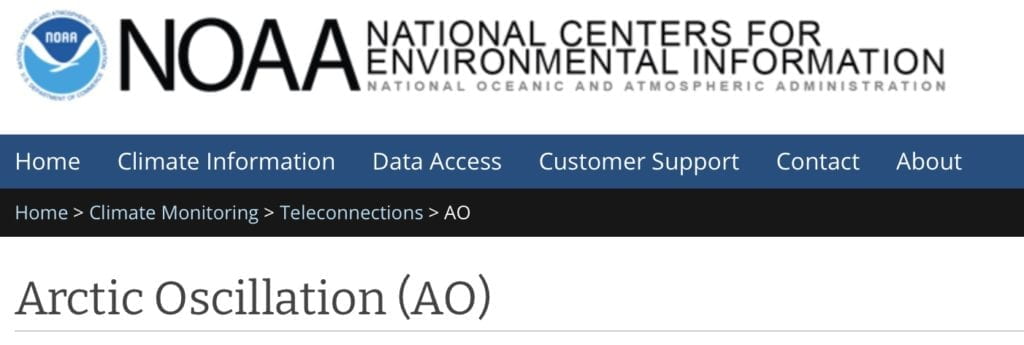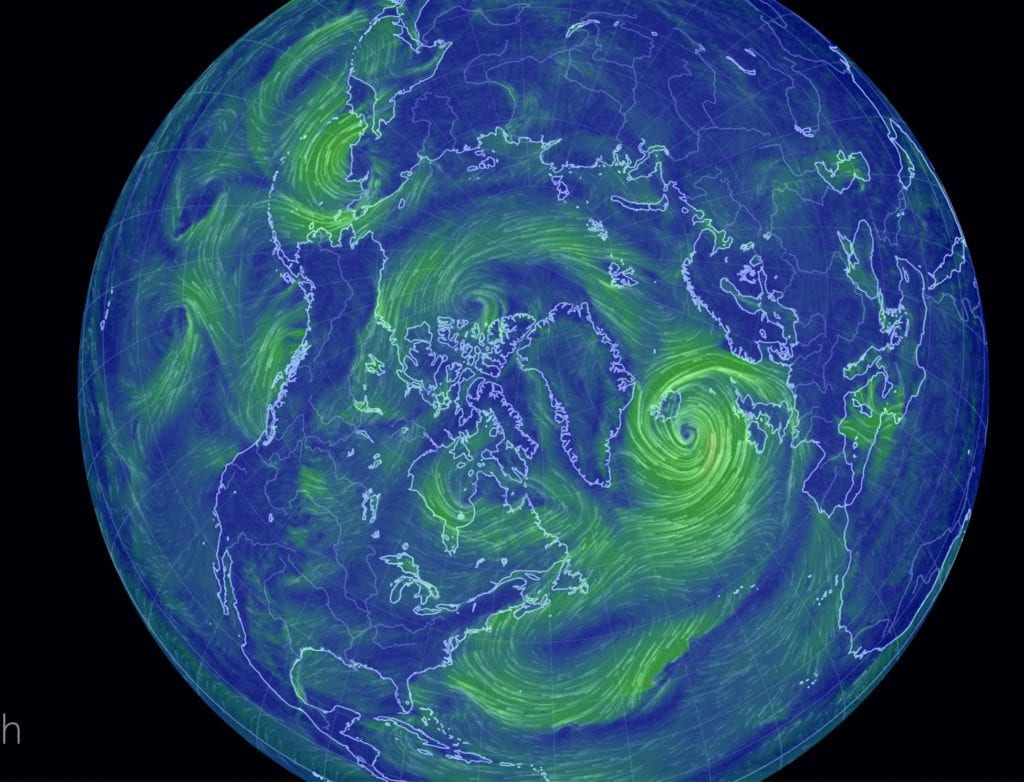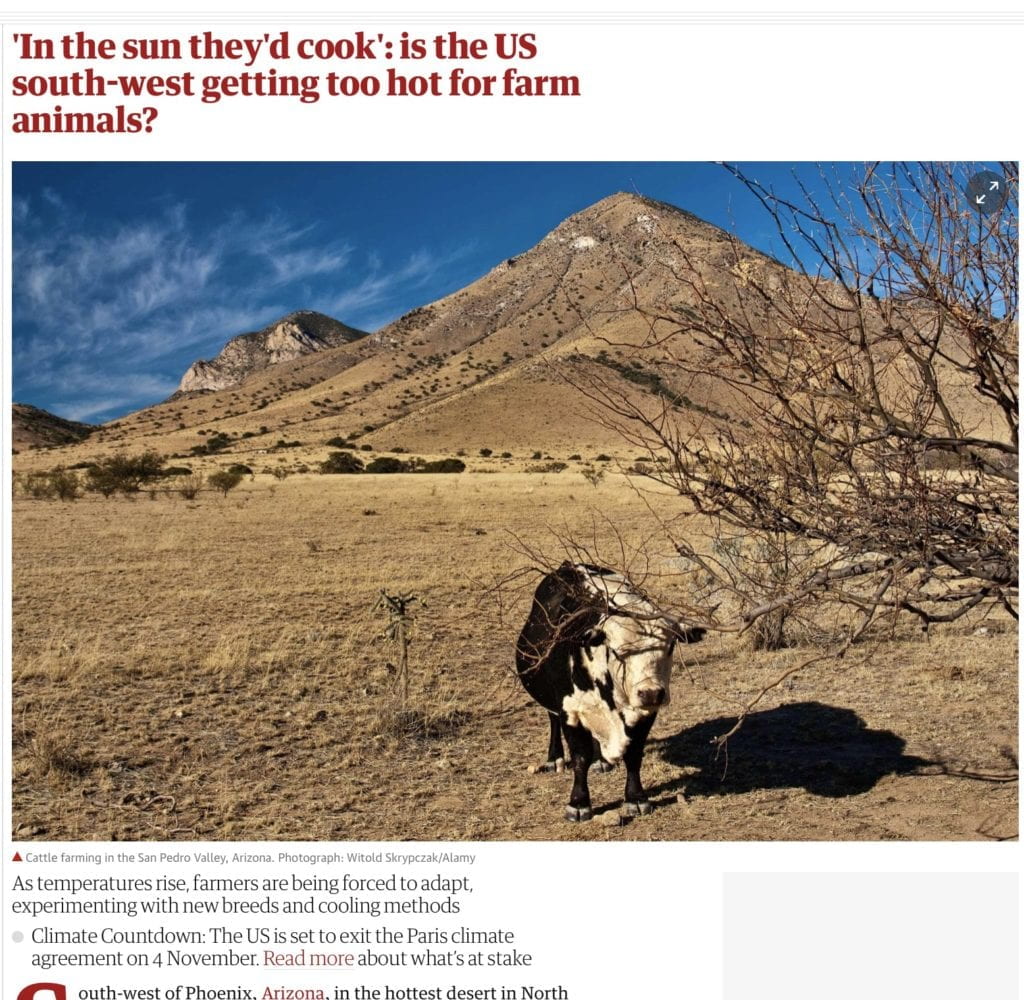weather
The Salt of the Earth
Arctic Oscillation
Oceans of Air
American south-west: too hot for farm animals
Edwin Gerber, Professor of Mathematics and Atmosphere/Ocean Science
“The material I’ll be discussing is essentially chapter 3 of David Archer’s “Global Warming, Understanding the Forecast“. I certainly don’t expect students to get the book, but only mention it as a reference. Another popular scientific take on this is a very well written book “An Ocean of Air” by Gabrielle Walker. Chapter 3 tells the historical discovery of global warming, starting in 1754 with the discovery of “fixed air” (i.e., carbon dioxide) by Joseph Black in Edinburgh. She takes it all the way into the modern era, describing the essential physics without any equations.”
My research interests:
What does the natural variability of the atmosphere tell us about the Earth’s climate and how it will respond to anthropogenic forcing? How can simplified models help us understand the dynamics of the atmosphere? These two questions shape my research, the former sharpening my focus, the latter my modus operandi. I seek to ground comprehensive Earth System models in our theoretical understanding of atmospheric dynamics, with the goal of both better understanding the climate system and improving our ability to simulate and predict it. Comprehensive models play a vital role in climate research and are necessary for quantitatively predicting the response of the climate to anthropogenic forcing (for example, changes in carbon dioxide and stratospheric ozone). Unfortunately, the increasing complexity of these models has come at the expense of their transparency. I use idealized atmospheric models to form a bridge between theory and these complicated simulations. In particular, I’m interested in the role of the upper atmosphere in surface climate and develop idealized models of the stratosphere-troposphere system.
Some links to work:





